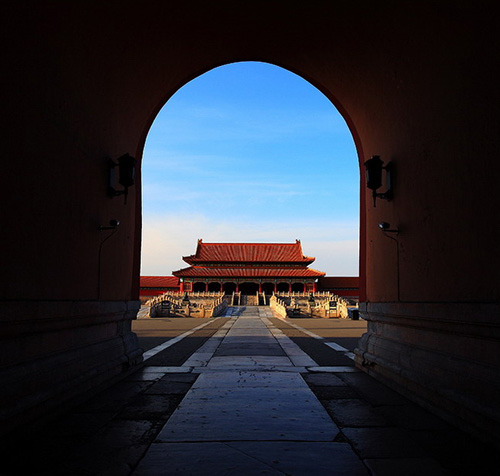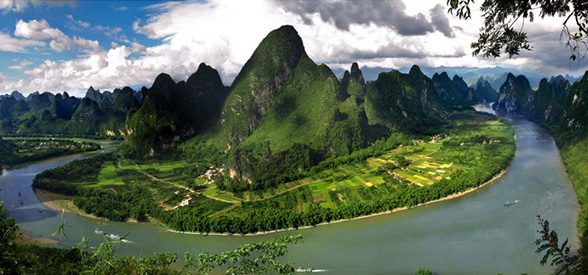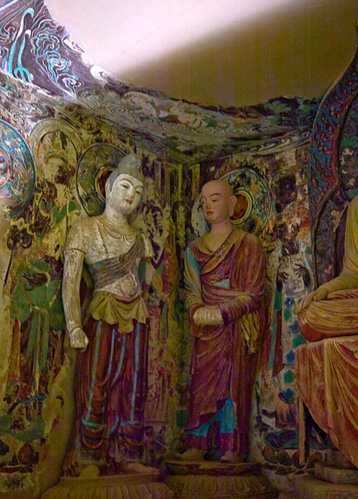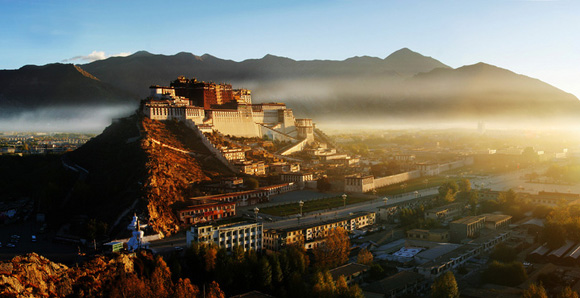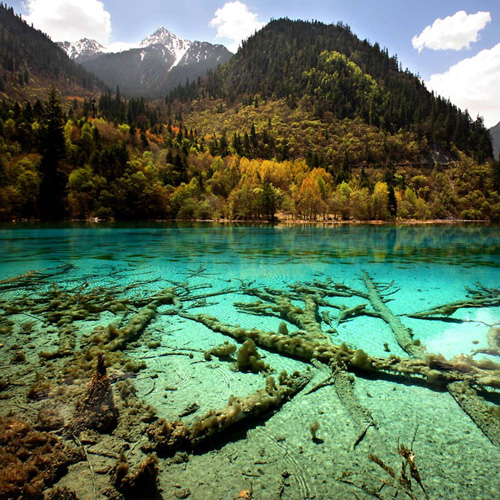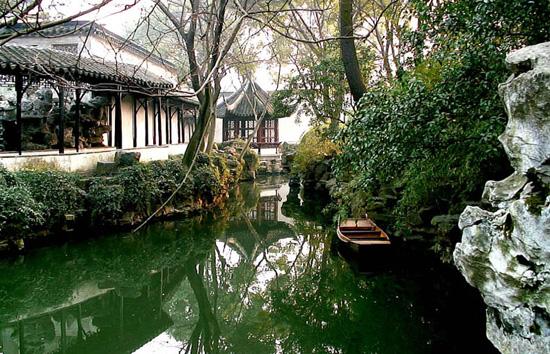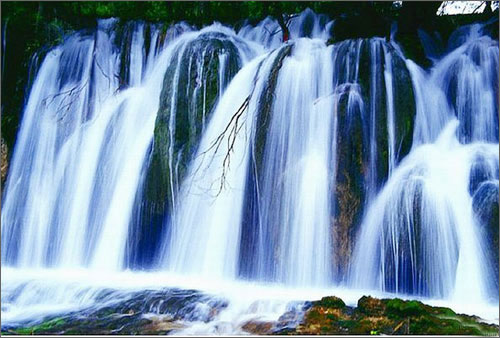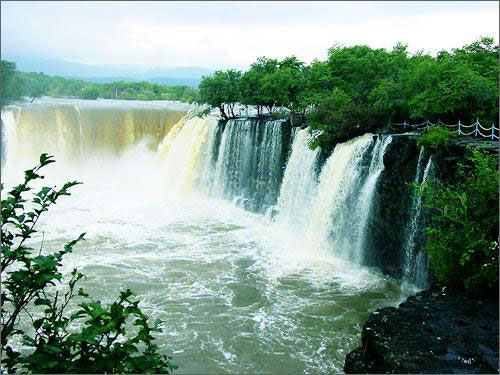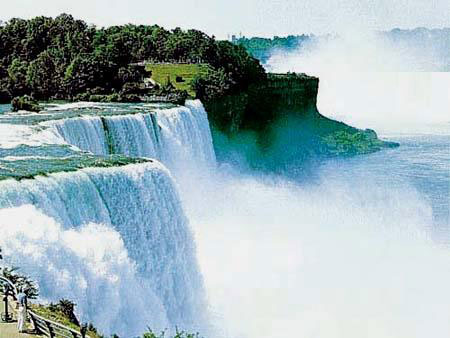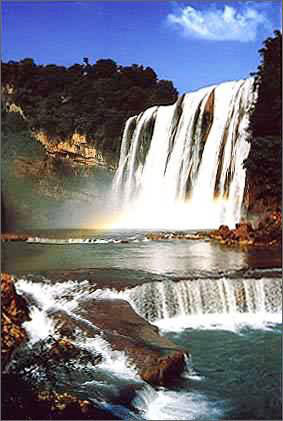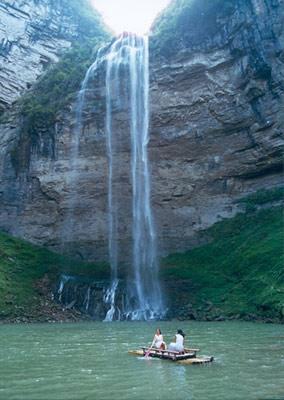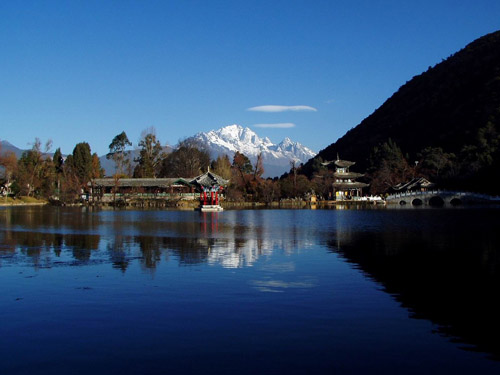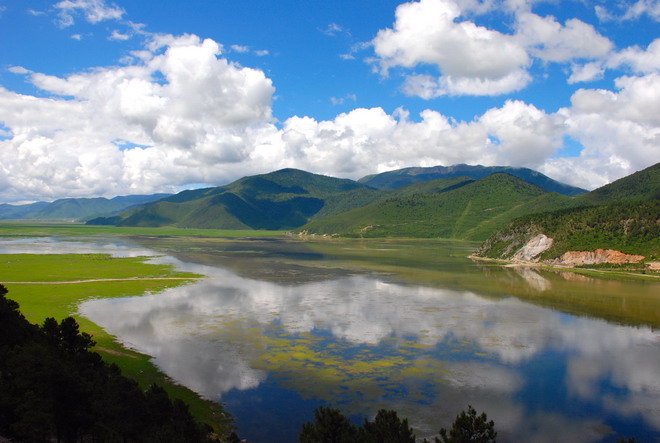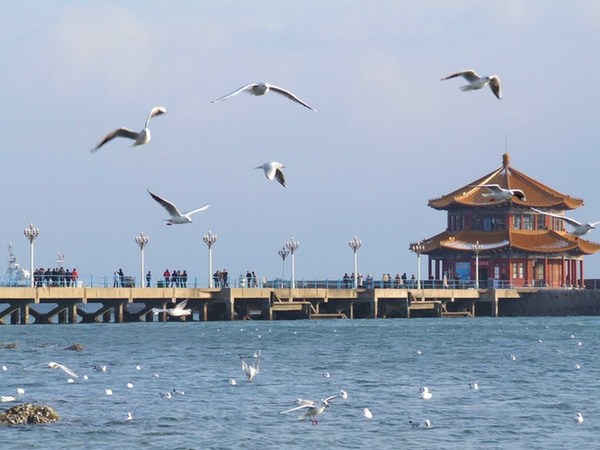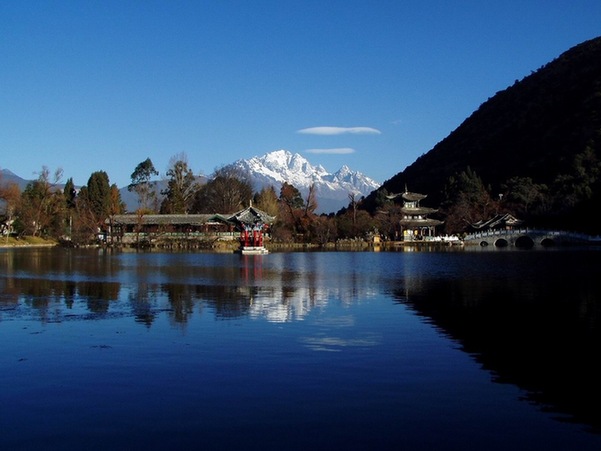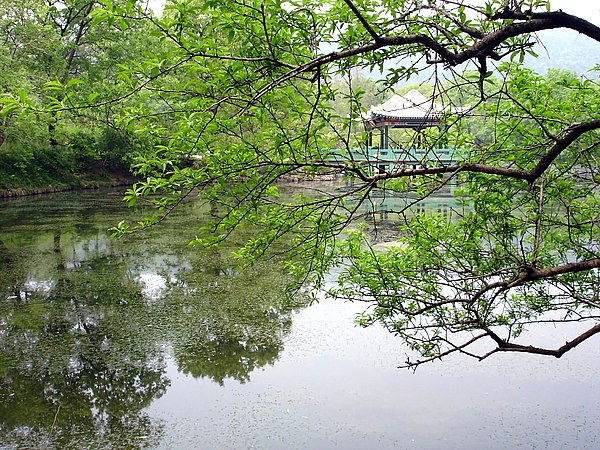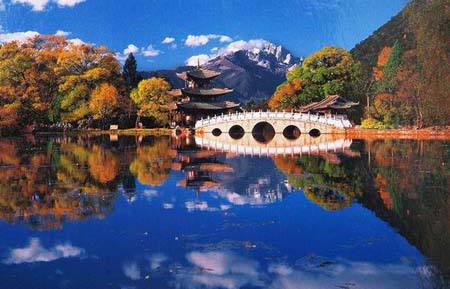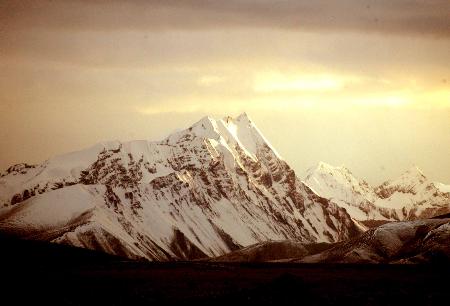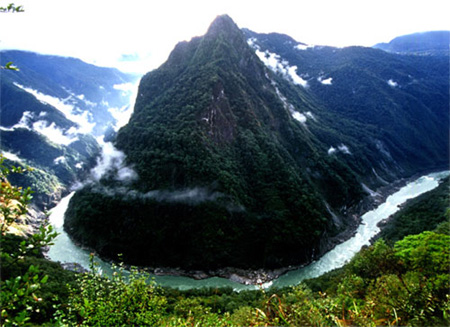
Tour Duration: 14 day(s)
Group Size: 3 - 10 people
Specialty Categories: Hiking & Trekking
Season: March - November
Airfare Included: No
Three years ago the Yading National Park area was one of the true wilderness areas left in Kham Tibet. With its three ~6000m peaks sanctified by the 5th Dalai Lama as manifestations of the bodhisattvas Chenrezi, Chenadorje and Jampayang, it combines stunning high altitude and remote natural beauty with a profound religiosity. Sadly, once the Shangri-La tourism board happened upon this, they poured money into the northern gateway to the area creating the normal tourist infrastructure and irritating ticket systems and rules. All is not lost however. Reversing one of our earlier routes and approaching the Yading reserve as we do from Lugu Lake allows us to avoid the crowds, which are kindly constrained to the north entrance corner.
Whisking you from the modern breezy city of Kunming to the remote areas of northern Yunnan and western Sichuan, we begin our 7-day high altitude trek from Lugu Lake, home of the Mosuo people, lying on the border of Yunnan and Sichuan, heading northwest over rarely trodden territory to Yading, eventually hooking up with the pilgrim’s path around one of Yading’s sacred peaks.
Your Itinerary
Day 1:Kunming
Arguably the most open and relaxed of China's provincial capitals, befitting to a province that straddles so many cultures and civilisations. Dubbed the 'City of Spring' due to its yearlong great climate, it's long been a summer getaway destination for the savvier of China's political and economic elite. Nowadays, it only has traces of the old city and its semi-colonial French influences, but the reconstruction has gone well and it retains much of the atmosphere (if not the actual buildings!) of earlier times.
After pick-up from the airport and consolidating the group we’ll hold an initial orientation. For those arriving early, whereby Kunming isn’t chock-a-block with traditional ‘sights’, it’s a relaxed and pleasant city to wander around, visit the Bird & Flower market, sip tea by the lake, imbibe coffee at the pre-revolution era coffee house, etc. Accommodation is by Green Lake in the northwest of the city, a good place to use as a base for a rewarding stroll or two and a chance to kick the jet lag. Dinner will provide a chance for everybody to meet.(B)
Day 2:Lijiang Old Town
An early flight to Lijiang which at 2400 m provides an initial chance for altitude acclimatization. Lijiang is in many ways the capital of the Naxi minority, and despite being afflicted by the somewhat crass “authenticity” drive so popular amongst Yunnan local governments, remains one of the not-to-be-missed gems of SW china. An intriguing and beautiful old town - ancient canal system, thriving central market, traditional architecture, with abundant cafes in the centre.Flight / Hotel(B)
Day 3:Lugu Lake
A newly repaired road makes this a smooth(ish) journey, passing Naxi and Yi houses on the way, as well as beautiful scenes of cascading rice terraces. Possibility of stopping at markets before reaching our destination, Lugu Lake, a high altitude lake with a serene, clear and slightly SE Asian feel to it. It’s the undisputed home of the Mosuo minority, famous for its matriarchal structure and ‘walking marriages’, but has also been the home of Naxi, Yi, Pumi and Tibetan peoples over the centuries. The group has a choice of heading for the tranquillity of the northern (Sichuan) side of the lake, with its relatively basic accommodation and food, or the more touristed southern (Yunnan) side, with its showers, coffee and maybe a pizza or two!(B)
Day 4-9: Lugu Lake to Yading trek
An entirely singular experience, this trek combines an awe-inspiring beauty with an ancient mystique in a wilderness experience like no other. Rising from the warm cultivated landscape around Lugu to altitudes of 4-5000m, the trails takes in views of the three sacred peaks - Chenrezi (6032), Jampayang (5958) and Chenadorje (5958), passing through virgin forests, along valley floors, and around sacred lakes. Scattered throughout the region are the rough stupas, mani stone piles and temples that give testament to the reverence Tibetans hold for this area. In Tibetan Buddhism, mountains such as these have a religious significance higher that the Dalai Lama or any monastery, and it’s not difficult to see why.Trek (3) / Camp(B) (L) (D)
Day 10: Arrive Chong-gu Si
The last full day’s trekking, pitching up by evening at Chong-gu Si - a small monastery run by a couple of monks. Situated at the apex of the three mountains, here we’ll spend the night, cooking our meal in their courtyard, ready for sunrise the next morning.Trek (3) / Camp(B) (L) (D)
Day 11: Riwa
A short trek down to the encampments at the northern gateway to the area near Yading village. Bidding adieu to our horse guides, we’ll load up the jeep and embark on the 1500m descent to Riwa, along one of the highest and most exhilarating roads of the trip.Trek (3) & 4WD / Guesthouse (B)
Day 12: Xiangcheng
The group splits up today, as those who’ve opted for the 4WD overland extension head north, and we head for Yunnan. A winding road takes us out of the sacred mountain area via pretty Tibetan villages and beautiful fields of crops. We’ll stop and visit a Bön monastery before the trail veers south, crossing a 4500m pass before dropping down from the mountains to the edge of the high plateau, destination - Xiangcheng, a small town at the base of the range that connects the Yading mountains with the rest of the eastern Himalayas. Nothing spectacular in itself, it’s at least a place to get a comfortable bed and a warm shower.(B) (L) (D)
Day 13: Zhongdian
Morning visit to Chaktreng Gompa. Recently built, it’s a huge towering colourful affair. Then still early we head due south for the beautiful drive to Yunnan, crossing 2 high passes to arrive in the late afternoon in Zhongdian (recently, and rather optimistically, renamed Shangri-La). With a little luck (depending on state of the roads) there’ll be time to wander around. The huge, and in historical terms, very key, Songzanlin Gompa, commissioned in the 17c by the 5th Dalai Lama, and was the central monastery in the Gelukpa order’s south-eastern expansion. In the evening eat dinner at a neighbourhood DIY grill house, then for those who want off to the Natural Bridge hot springs for a soak under the stars.
Since the retreat of the Tibetans from the Lijiang area in the 19c, Zhongdian (Tib. Gyalthang) has pretty much marked the south-eastern border of Kham Tibet in Yunnan. It’s a curious mix of a recently prettified new town and an untouched old town, quite different from Lijiang to the south. Up until a few yeas ago, it had the rough reputation of a classic frontier town - but now things have calmed down, and its markets and the old town make for a fruitful afternoon stroll.(B) (L)
Day 14: Kunming
Extremely early birds can browse the morning market. Then it’s a morning flight to Kunming, and a final meal together, which may just hold its own surprise!Flight / Hotel(B)
Day 15:
4WD Extension through Kham Tibet available.














